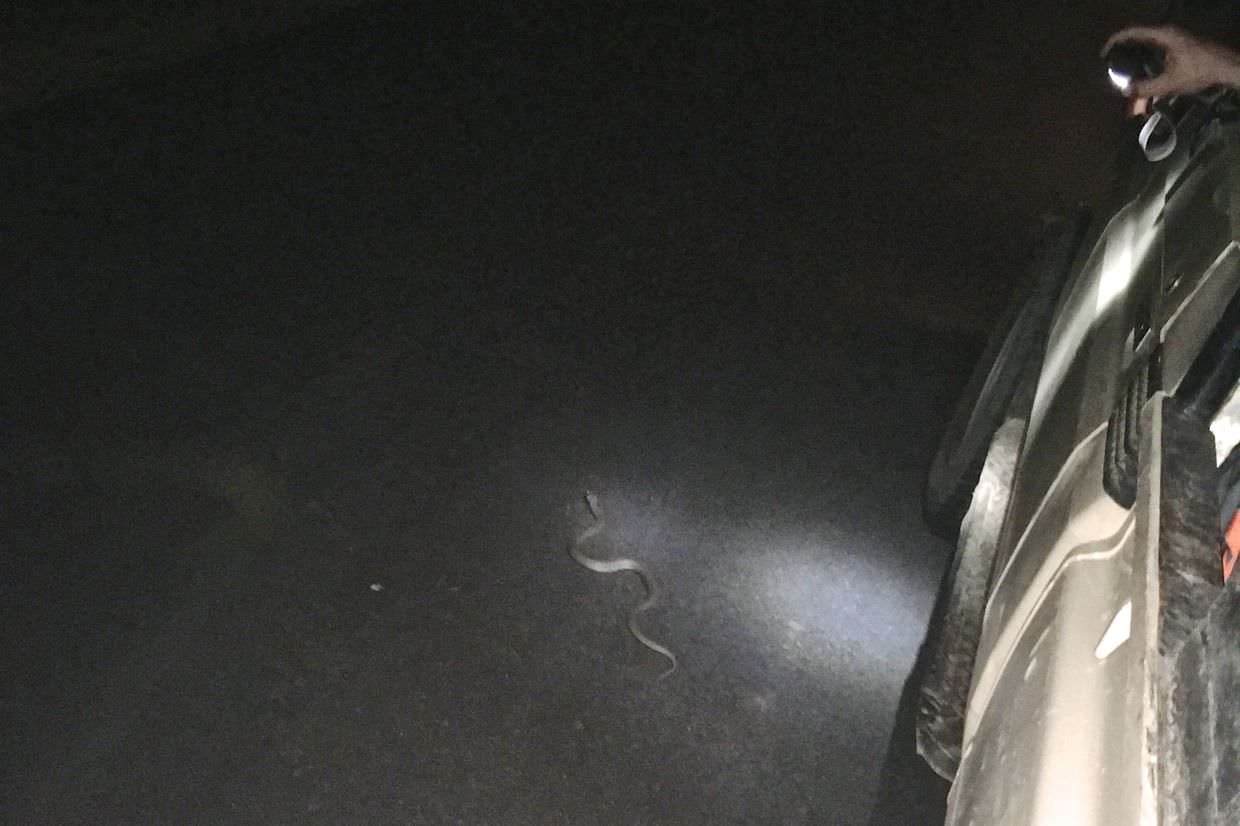2 weeks volunteering with Wildlife Act
After 2 weeks volunteering with Wildlife Act in iMfolozi and another 2 in Tembe, I started my third of four reserves, weeks 9 and 10 of a 12 week trip, still part of Wildlife Act’s “Endangered Species Conservation” project.
Leaving Tembe, and heading south again, I journeyed through Jozini and across its dam, down to the town of Mkuze to the changeover spot. After a brief reunion with my iMfolozi pals at Ghost Mountain Inn, I was on my way again, a new group, with a new monitor, to a new reserve; by now I knew the routine.
My volunteer group was 5 strong, all about my age; Joris continued with me from Tembe, we’d be sharing a room again. We were joined by a dutch woman Charlotte, an american, Kelly, and an australian guy, Brendan. Kelly joined us a day later after a changeover from Eastern Shores, and Brendan joined us a week in, after spending time with Wildlife Act focusing on vulture conservation. Our monitor was PJ, intrepid and thorough, he’s devoted to the cause, fun to be around and has impeccable music taste. Together we were Team Africa; here to serv–al. Our in-jokes had a tendency to multiply.
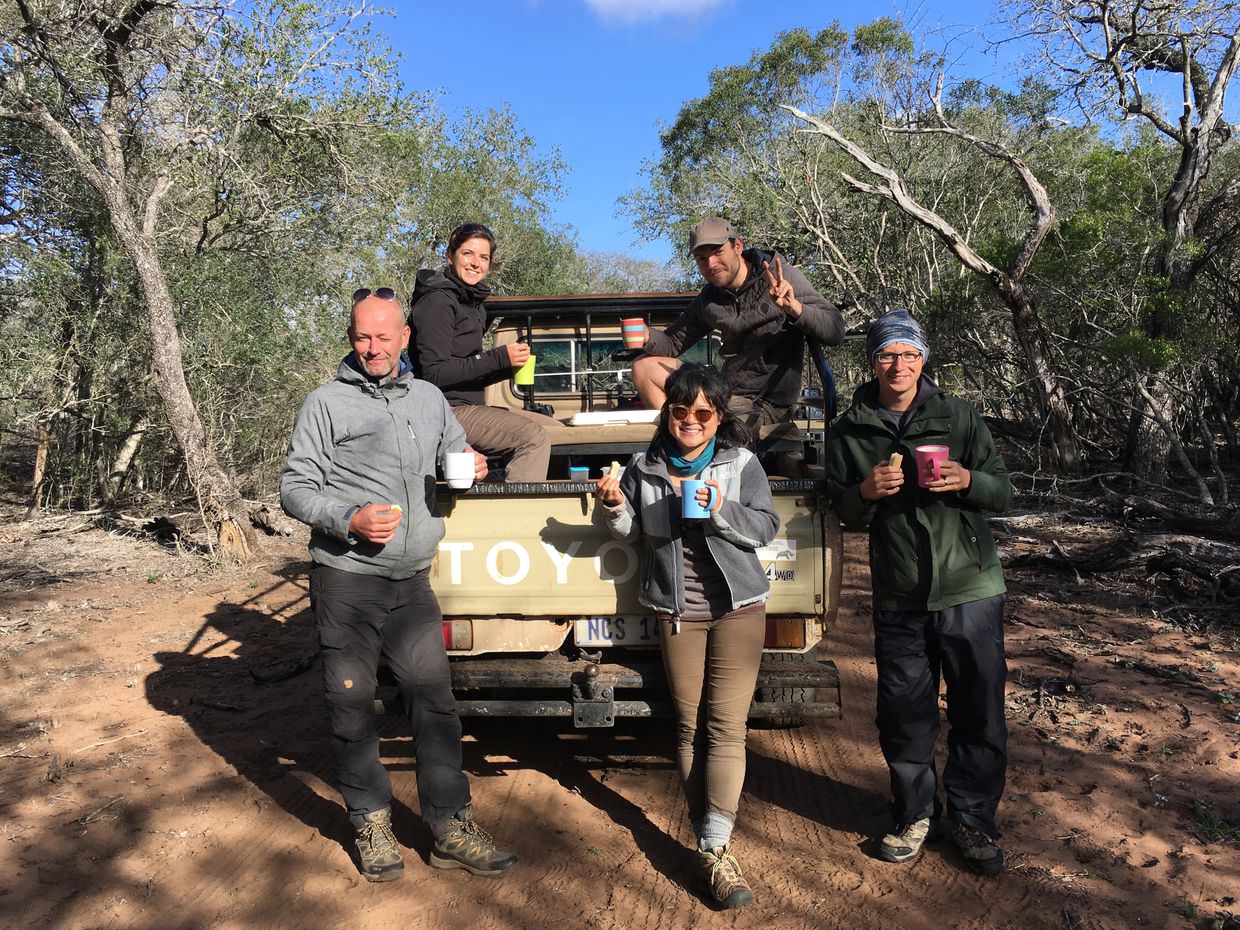
The reserve is called Mkhuze, or Mkuze, or uMkhuze Game Reserve, or by its full title; the uMkhuze section of the iSimangaliso Wetland Park, part of the greater St Lucia Wetlands area. That’s a mouthful. I’ll just call it Mkhuze, much to the chagrin of those who can’t. The name barely fits into a tweet. Wildlife and ecology is managed by Ezemvelo KZN wildlife, the wetland park, which Mkhuze is part of, is managed by iSimangaliso. It’s complicated.
Wildlife Act provide wildlife monitoring services to the Mkhuze section, and it’s where Wildlife Act began; this is the first reserve, where Chris Kelly, one of the co-founders, used to monitor wild dogs. Of all the reserves, it was my favourite.
Camp was basic, not as plush as Tembe, not as simple as iMfolozi. It’s unfenced, so any wild animal can walk through – that adds a little excitement to the place (some elephants came through, but only while we were out on session). There’s two bedrooms, one for girls, one for boys. The kitchen is tiny, and there’s a small indoor table to have dinner around. Besides it, a large magnetic map of the reserve and some half finished cheetah puzzles. There are some luxuries; there’s a microwave, and the shower can hold its temperature. There’s a maid, Joyce, she cleans and makes our beds, and for a small fee will hand wash laundry. Outside there’s a big heart-shaped euphorbia where bush babies like to hang out at night.
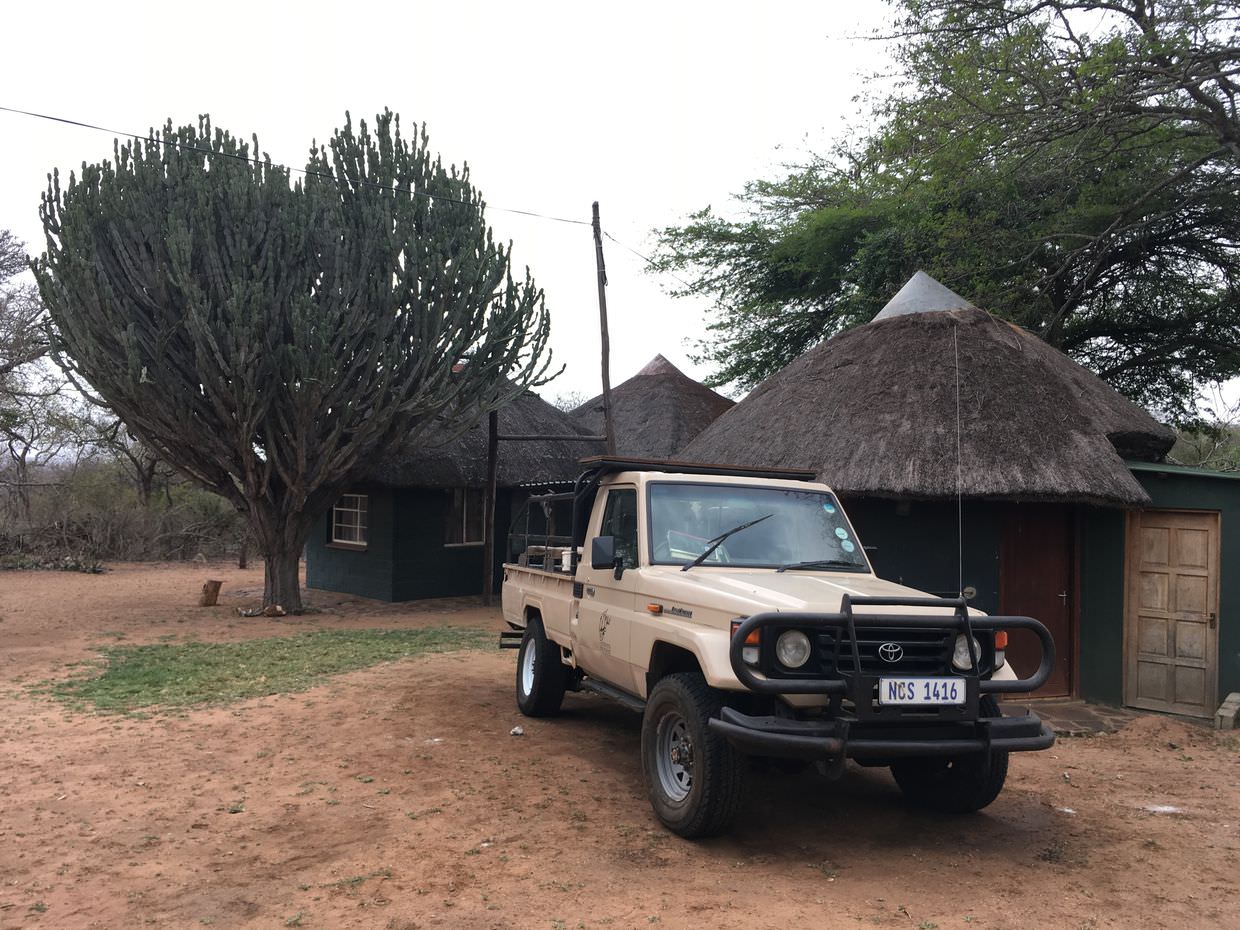
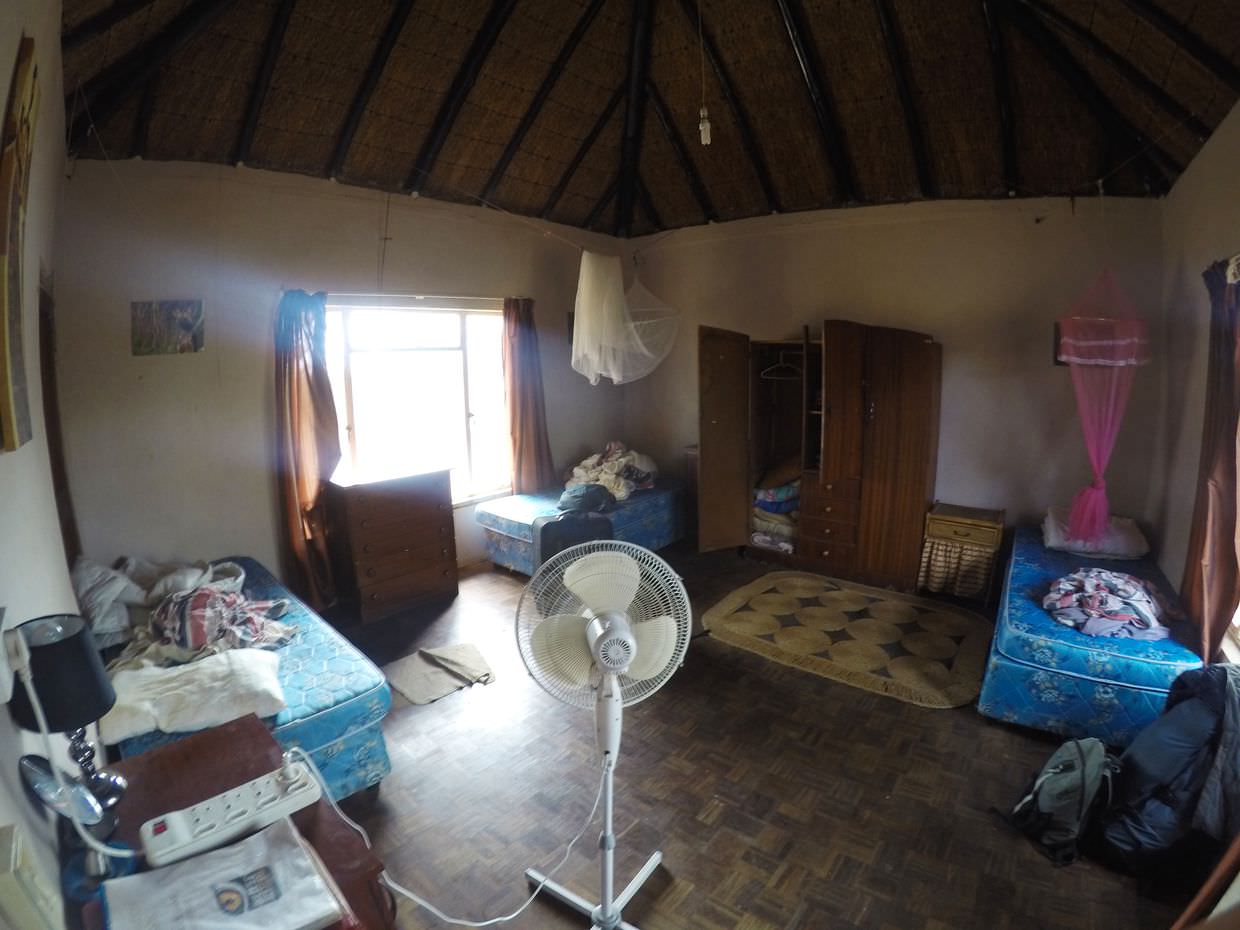
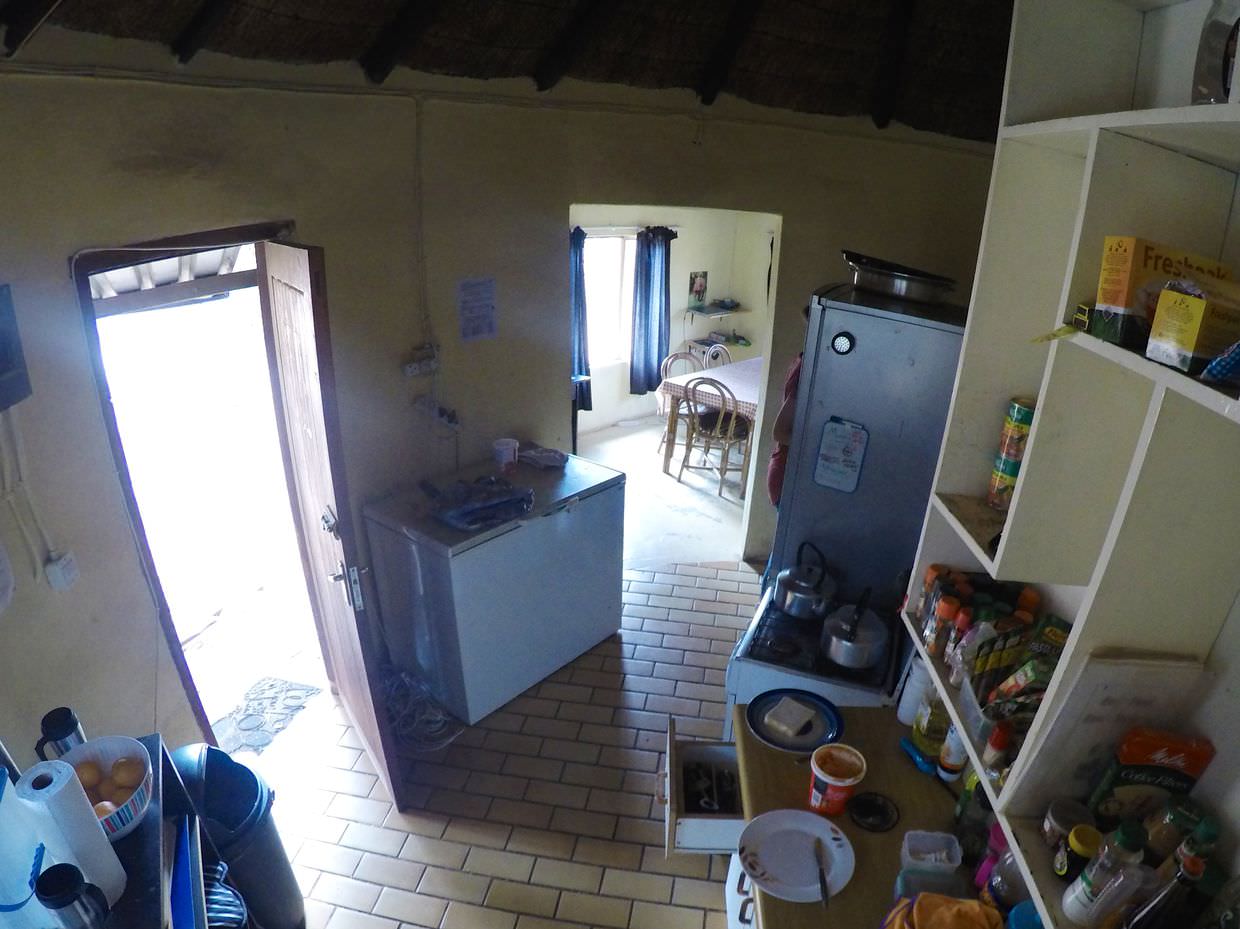
Day 1 – No rest for the conservationist
From the onset we realised that Mkhuze was an intensely worked conversation project. Shortly after arriving at camp, suitcase barely down from the truck, we were back out again – our first session with PJ. All of us had come from other projects, all of us knew how to scan, we knew the drill; we could dispense with the tutorials and get straight down to business.
Every session begins with a trip to the beacon. It’s a concrete tower surrounded by wooden steps. On the top is a radio mast; its height makes it the best place to scan from – we can get rough bearings for all the collared animals from here. Lapwings hang out near the bottom, occasionally seen with their cute little ground-faring chicks. Clear skies above us, on a warm evening, we made a start; WD2 long south, WD6 short south, lions at and near the boma.
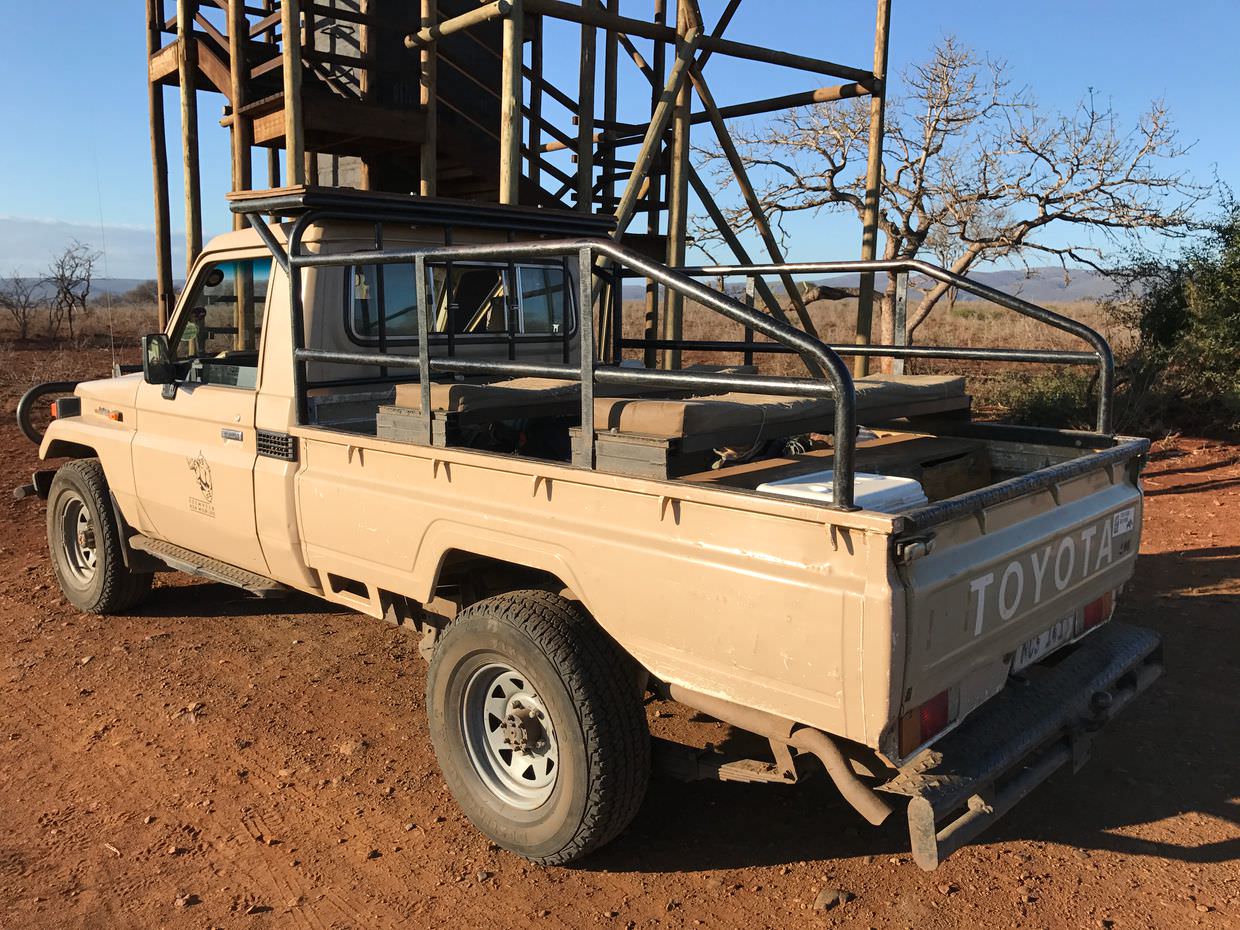
Much like in Tembe we needed to do a boma check. The boma has three male lions, they arrived from the Kalahari and are being introduced to improve the gene pool. For any animal introduction they must first spend a few weeks in the boma; to acclimatise, for one thing, Mkhuze is a very different climate. The signal for one of Mkhuze’s lion prides, MLF5, was near to the boma – perhaps they’d been interacting with the new males.
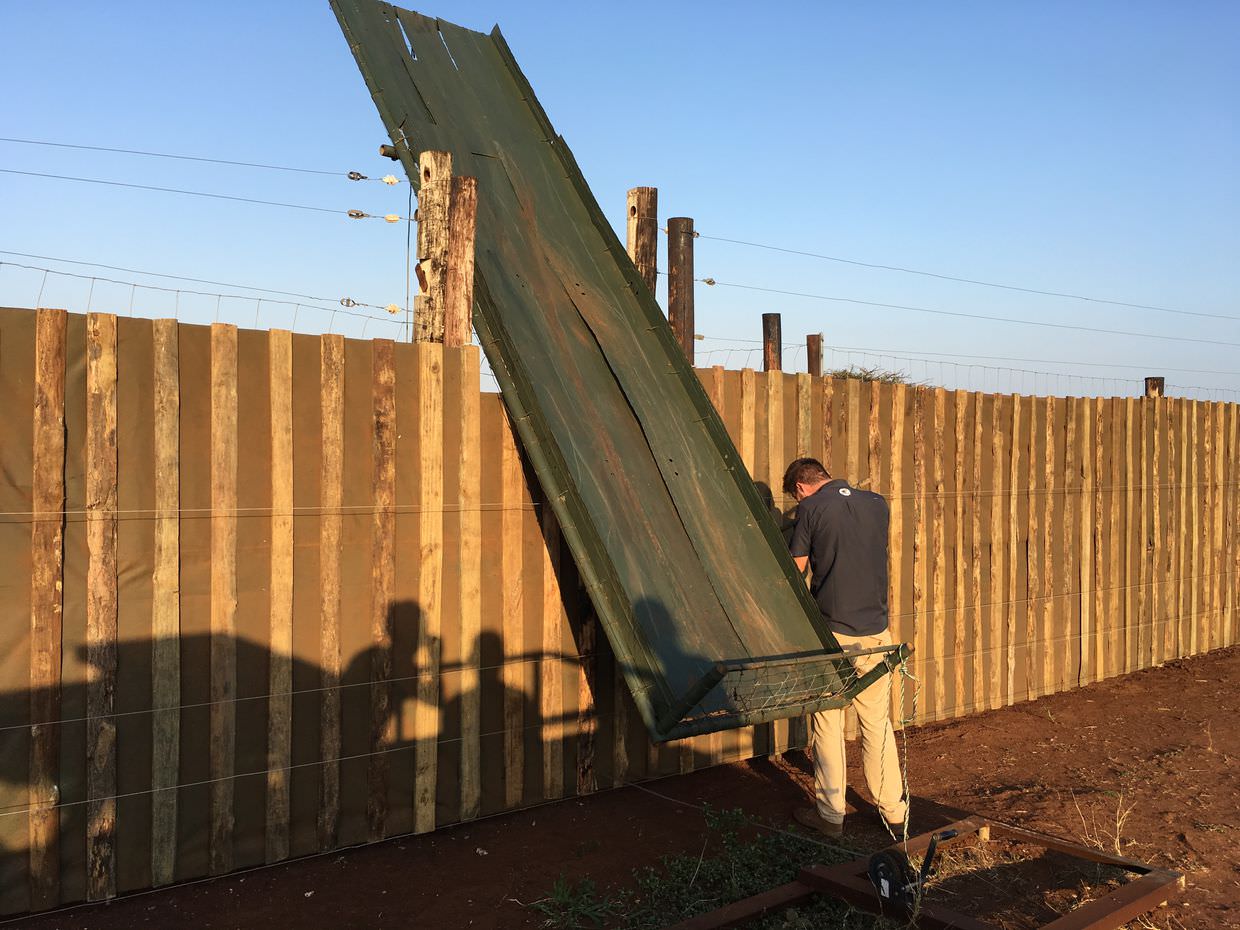
We took the old yellow Toyota, it’s a workhorse, around the boma; checking the electrics, checking for problems, checking for lion tracks on the outside. The internal electrics were shorting but we couldn’t fix them. With the boma looking reasonable, a more sturdy affair than Tembe’s, we left in search of cheetah MCM17 and MCM18, and then the wild dogs, one of two packs here, WD6. Both cheetah and dogs were unreachable, the latter were somewhere near the pan.
On-route to the pan we stopped for 4 waterbucks to cross, easily identifiable by the white toilet seat on their rear. A remarkable sight in Mkhuze, “I’ve never seen them here”, PJ told us. With only 40 in the park, that was 10% of the population.
Here I also saw my first ever fever trees, or Vachellia xanthophloea – it has a peculiar green-yellow powder coating its bark which it uses for photosynthesis. They’re strange and beautiful plants, they don’t give you a fever.
Mkhuze, like the other parks in KZN, is in the midst of severe drought, and the pan is almost dry. A pod of hippo were crammed into the wet bits, their grunts audible from the road. We scanned again for the wild dogs but they were out of reach, somewhere in the pan, amidst the reeds. As the light dimmed, a herd moved to the water’s edge; buffalo, over 40 strong. Another remarkable sight, PJ hadn’t seen them for a couple of months, they grunted too. In our logs we noted the waterbuck and buffalo, taking GPS points for each, and then the dogs, a “C” entry – a triangulation, two data points with bearings, their intersection giving an approximate locale. Here in Mkhuze it’s all about the triangulations, this was the first of many.
To top off a remarkable beginning, we found two snakes crossing the road. In the dark we couldn’t easily identify or photograph them. The first quickly climbed a tree and disappeared out of sight – a black snake with no clear markings, it’d be unwise to follow; the second stayed in the road, for a short while it hid beneath the truck – this one was green, also without discernible patterns to ID it. A good start.
